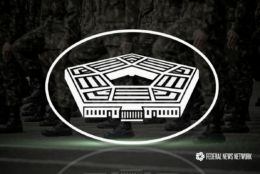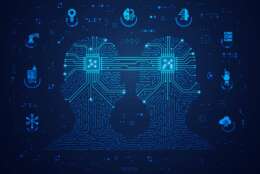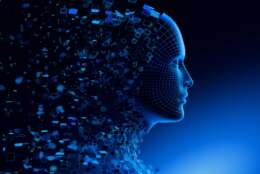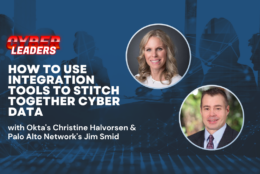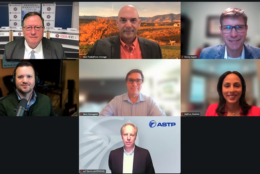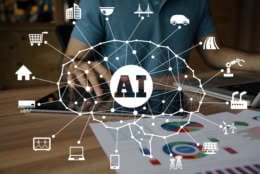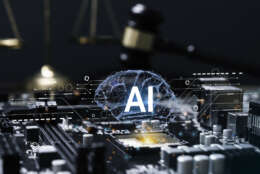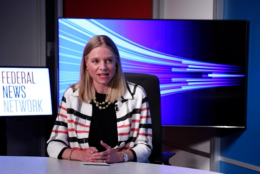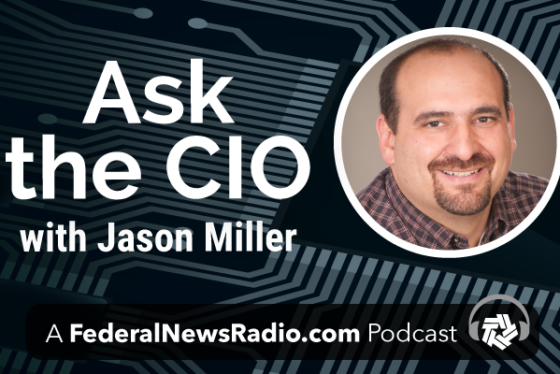Artificial Intelligence
-
At the Bureau of the Fiscal Service, automation is helping to reduce manual workloads, and to increase employee efficiency and morale.
October 01, 2024 -
Christopher Skaluba, the executive director in the DoD CDAO, said the office is creating tools to provide data-driven insights on AI workforce needs.
September 27, 2024 -
Learn how digital twins can drive efficiency and innovation in your agency
September 27, 2024 -
Government agencies are understandably hesitant about artificial intelligence. But with the right partners, AI can revolutionize government services.
September 27, 2024 -
"One of the problems is the Defense Department doesn't use the software and data that all first-class enterprises in the world use," Jeb Nadaner said.
September 26, 2024 -
"Inside that synthetic version of the code, we inserted vulnerabilities for the competitors to find," AI Cyber Challenge program manager Andrew Carney said.
September 25, 2024 -
Cyberthreats are increasing across all parts of the technology stack, and experts from Okta and Palo Alto Networks discuss tactics for continuous monitoring.
September 25, 2024 -
The new tool sifts through over 30 million applicant files, and uses 1,700 different variables to generate highly refined prospect lists.
September 24, 2024 -
How are agencies refining their AI strategy?
September 24, 2024 -
“We got more people at the gates than we can handle right now. We’re just making sure we set a foundation that makes sense," Army CIO Leonel Garciga said.
September 23, 2024 -
One significant barrier to effective IT management within federal agencies is organizational silos.
September 23, 2024 -
Lucy Melvin, a principal at Deloitte Consulting, said employees must be part of the strategy to test and figure out use cases for artificial intelligence.
September 23, 2024 -
Adita Karkera, the managing director of the government and public services practice at Deloitte Consulting, said having high-quality data is a must for AI.
September 23, 2024 -
Shrupti Shah, the managing director of government and public service practice at Deloitte, said by using AI, agencies can improve citizen services more quickly.
September 23, 2024 -
AI and enough data will let security and network operators use natural language to poll devices and establish automated remediation routines.
September 22, 2024


